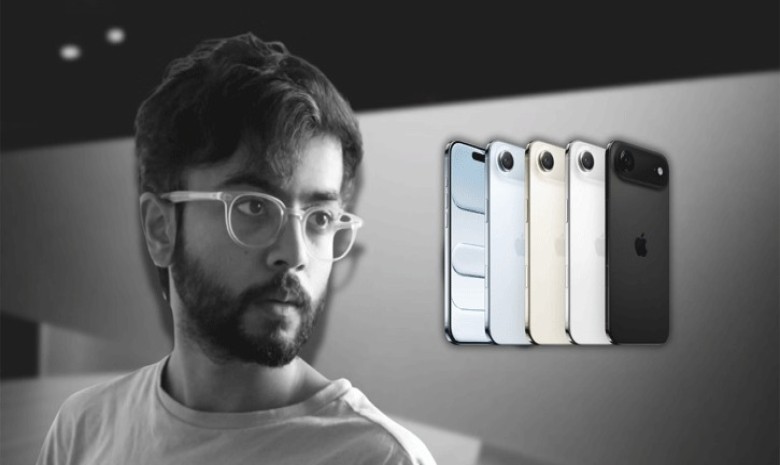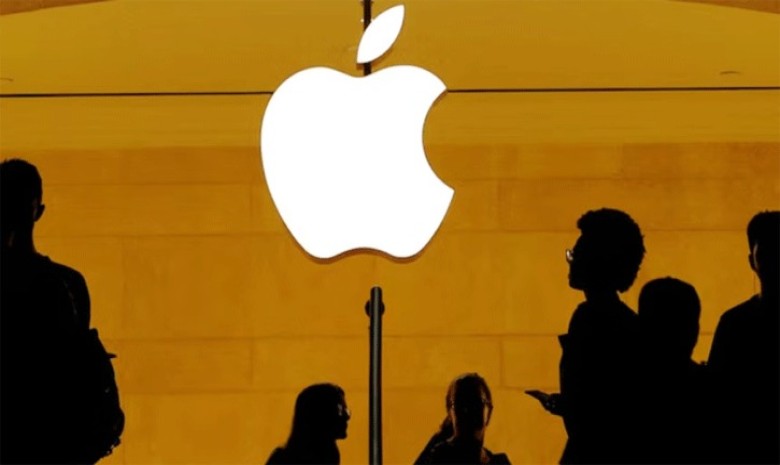Apple is reportedly planning a significant alteration to its annual iPhone release cycle starting in 2026, coinciding with the anticipated launch of its first foldable iPhone. The move is intended to better manage an expanding lineup, according to a report from The Information.
Under the proposed new schedule, the inaugural foldable iPhone is expected to debut in the fall of 2026, alongside the iPhone 18 Pro and a new "Air" model. This would mark a departure from Apple's traditional practice of releasing all flagship models concurrently in the fall.
The standard iPhone 18, however, may see its launch pushed back to the spring of 2027. This spring release is also expected to include a follow-up to the iPhone 16E, according to The Information. The publication suggests this staggering of releases is necessary to make a potential six-iPhone lineup more manageable from a manufacturing and logistical standpoint.
Details regarding the foldable iPhone's design have also emerged. The Information reports that Apple is leaning towards a book-style form factor, similar to some existing foldable smartphones. This design would feature a 5.7-inch external display when the device is closed, opening up to a nearly 8-inch screen.
Commenting on the foldable's potential specifications, supply chain analyst Ming-Chi Kuo has previously suggested the device could be remarkably thin when unfolded, measuring between 4.5mm and 4.8mm thick. Kuo also indicated that the foldable might utilize Touch ID for authentication, potentially located on a side button, rather than Face ID, possibly due to the thin design.
In addition to the foldable and revised release schedule, the report from The Information included other notable points about future iPhone models. It is suggested that the iPhone 17 Air will require a new battery case, as internal testing reportedly shows its standalone battery life may "fall short of that of previous iPhones." Furthermore, the iPhone 18 Pro and 18 Pro Max models are rumored to finally incorporate under-display Face ID sensors, resulting in a design with only a "small hole cutout in the top-left corner" to accommodate the front-facing camera.
Total views: 582



























